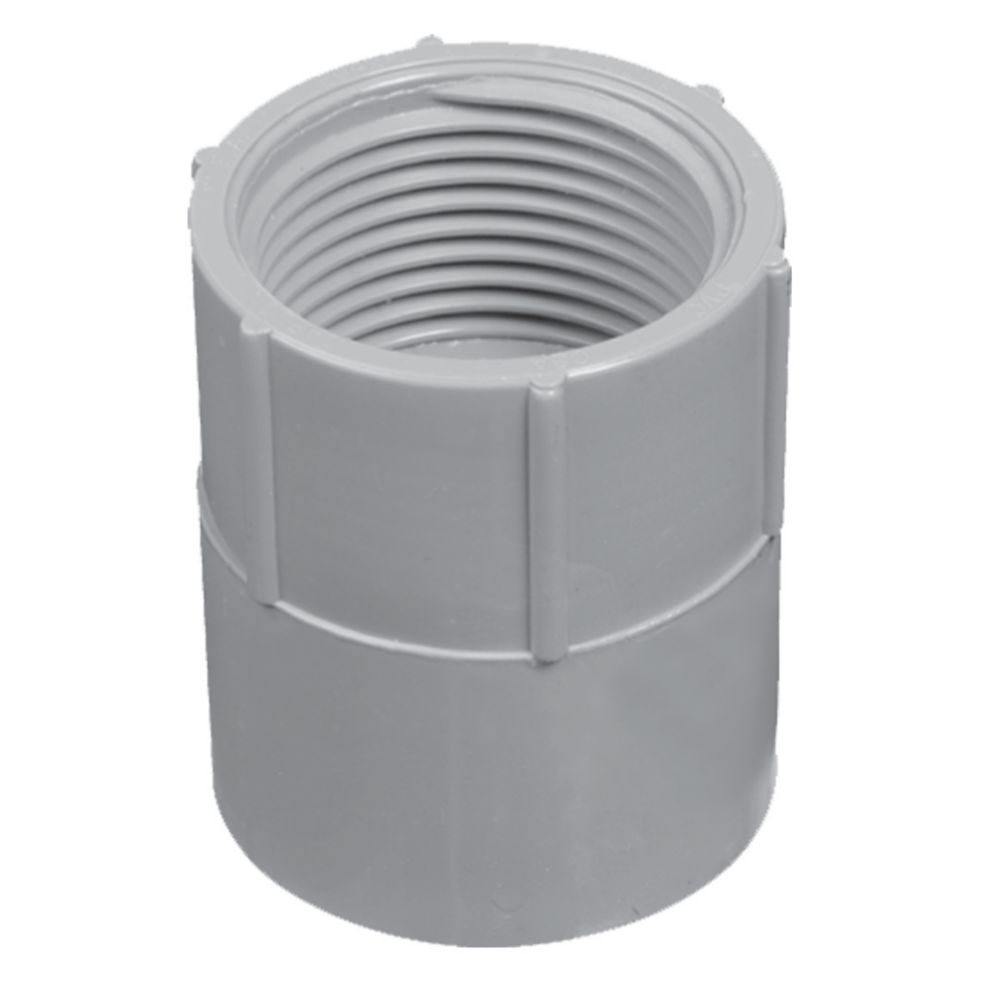- Location
- New Jersey
- Occupation
- Journeyman Electrician (retired)
I'm not sure. We may be thinking about two different scenarios so, I'll try to re-explain my installation.
- SEU cable is used out of the top of the meter pan to a service head.
- PVC is used out of the bottom of the meter pan, to an LB and then stubbed into a basement where a main breaker panel is installed in close proximity to the PVC stub.
- Approx. 4' or 5' of the sheathing of the SE cable is stripped off
- A squeeze connector is installed and tightened down on the SE cable
- A PVC female adapter is screwed onto the squeeze connector
- The conduit end of the female adapter is glued and slid onto the PVC stub bringing the stripped end of the SE cable into the LB and eventually into the meter pan
- A squeeze connector is used on the unstripped SE cable end in order to enter the cabinet
- I haven't penetrated any ceilings and the total run is less than 10'
Does that clear things up and make my question understandable ?
How is the squeeze connector grounded?





